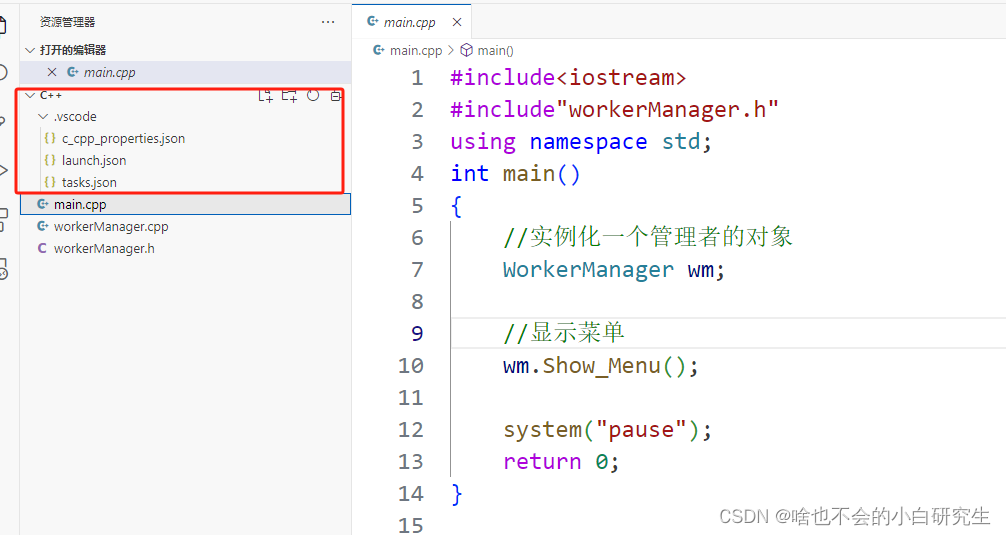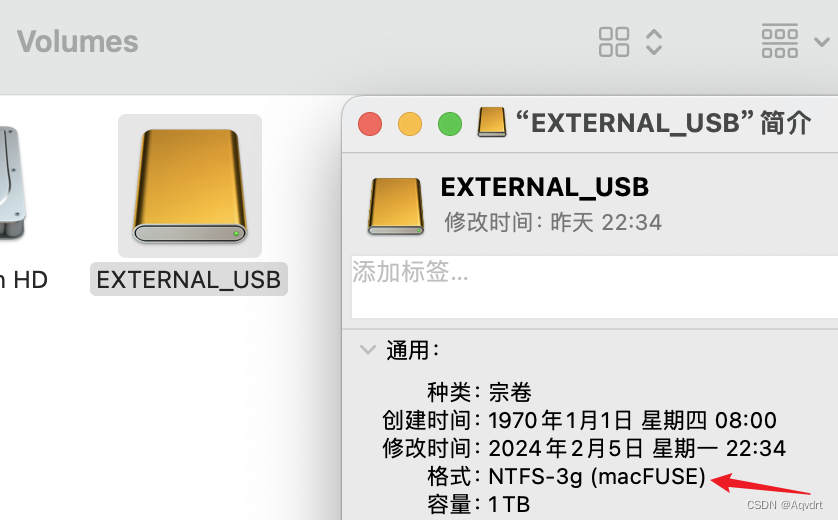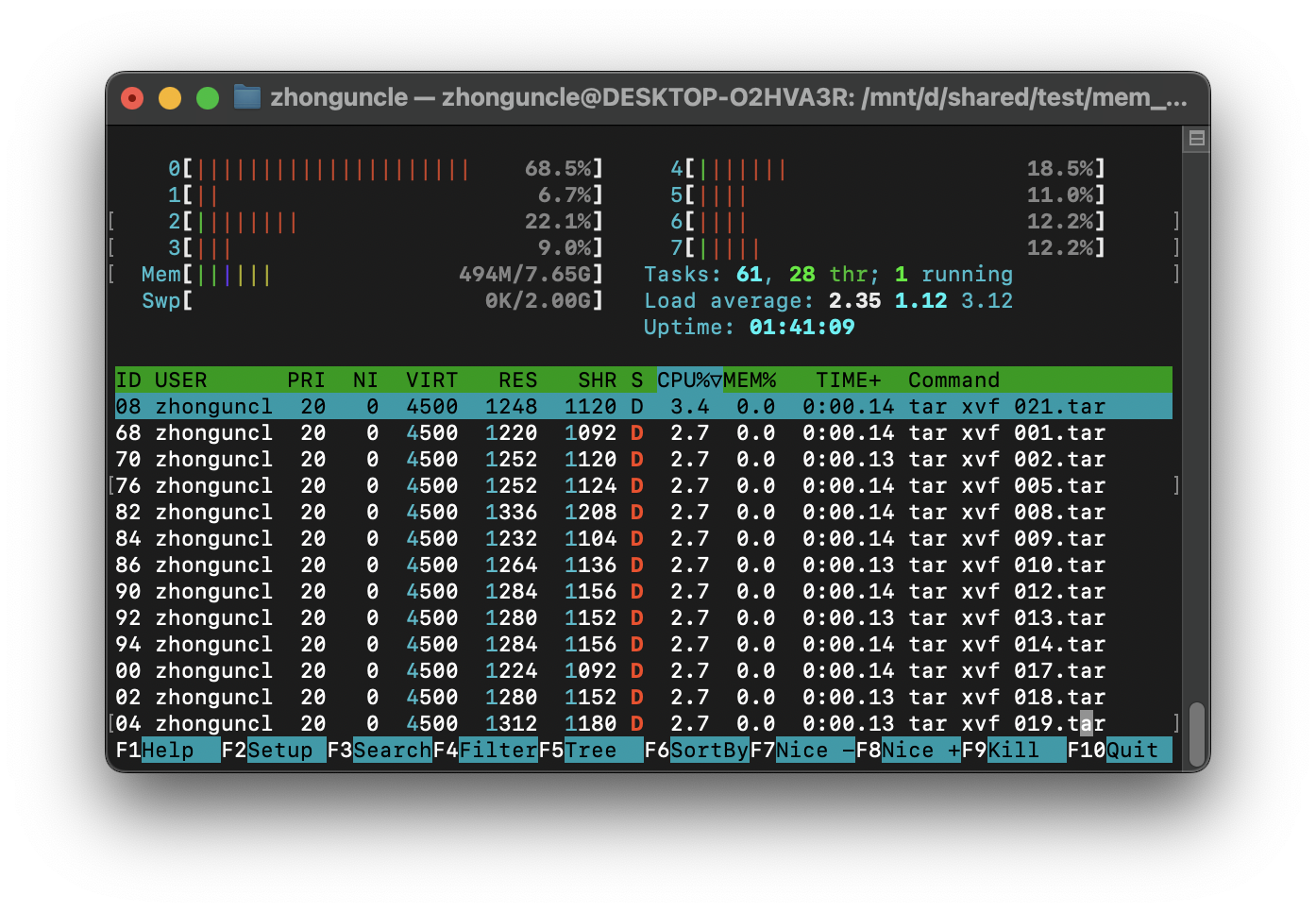前言
Shell 编程能提升我们工作效率,在 shell 中, 可以借助文件测试符号来判断一个文件是否存在。 常用的文件测试符号有 -e, -f, –d, –s, –r。
1. -e 判断文件是否存在
2. -f 判断文件是否存在且为普通文件
3. –d 判断文件是否存在且为目录
3. –s 判断文件是否存在且不为空
4. –r 判断文件是否存在且可读
5. -w 判断文件是否存在且可写
6. -x 判断文件是否存在且可执行
声明:本站所有文章,如无特殊说明或标注,均为本站原创发布。任何个人或组织,在未征得本站同意时,禁止复制、盗用、采集、发布本站内容到任何网站、书籍等各类媒体平台。如若本站内容侵犯了原著者的合法权益,可联系我们进行处理。








